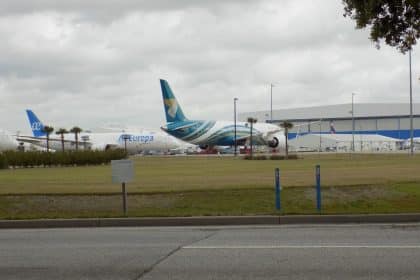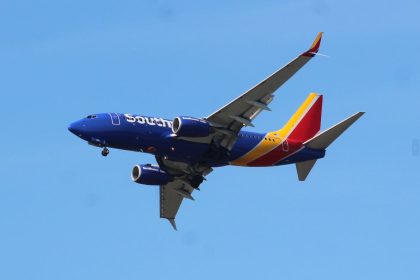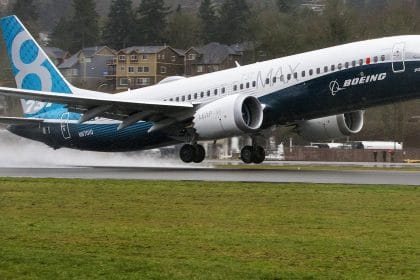Administration Releases ‘Flight Plan’ for Sustainable Aviation Fuel

WASHINGTON — The Biden administration has released a “flight plan” for how a number of federal departments and agencies will work together to create new technologies that will boost the production of sustainable aviation fuel on a commercial scale.
Dubbed the “Sustainable Aviation Fuel Grand Challenge” the goal is to guide a government-wide approach working with the private sector to produce 3 billion gallons of domestic sustainable aviation fuel per year by 2030 and 35 billion gallons by 2050.
In addition, the administration hopes to achieve a 50% reduction in life cycle greenhouse gas emissions compared to conventional fuel in the next eight years.
The initiative is intended to build upon ongoing efforts by the aviation sector to reduce its greenhouse gas emissions through a combination of aircraft technology, operational improvements, offsetting and sustainable aviation fuel.
Sustainable aviation fuel is “drop-in” liquid hydrocarbon jet fuel produced from renewable or waste resources that is compatible with existing aircraft and engines.
The plan recognizes that SAF offers a critical near-term solution to reduce greenhouse gas emissions and decouple aviation’s growth from its carbon emissions.
“Developing innovative technologies to produce SAF will enable the United States to meet its domestic climate goals for the U.S. economy and position it as a global leader in the emerging
SAF market,” the Department of Energy said in a press release.
“The United States also has the potential to be an exporter of SAF technology and fuels to support other countries in their efforts to decarbonize aviation globally,” it said, adding, “[sustainable aviation fuels] support the long-term viability of the U.S. airline and aerospace industries and are a critical component of U.S. strategy in the United Nations’ International Civil Aviation Organization.”
The plan lays out six action areas spanning all activities with the potential to impact the SAF Grand Challenge objectives of expanding supply and end use, reducing the cost of SAF, and enhancing the sustainability of commercial aviation fuel.
These are:
- Feedstock Innovation
- Conversion Technology Innovation
- Building Supply Chains
- Policy and Valuation Analysis
- Enabling End Use
- Communicating Progress and Building Support.
The plan was developed by the Department of Energy in collaboration with the departments of Transportation and Agriculture and other federal agencies.
Dan can be reached at [email protected] and at https://twitter.com/DanMcCue.
























